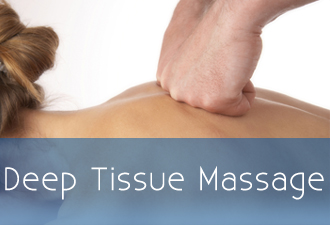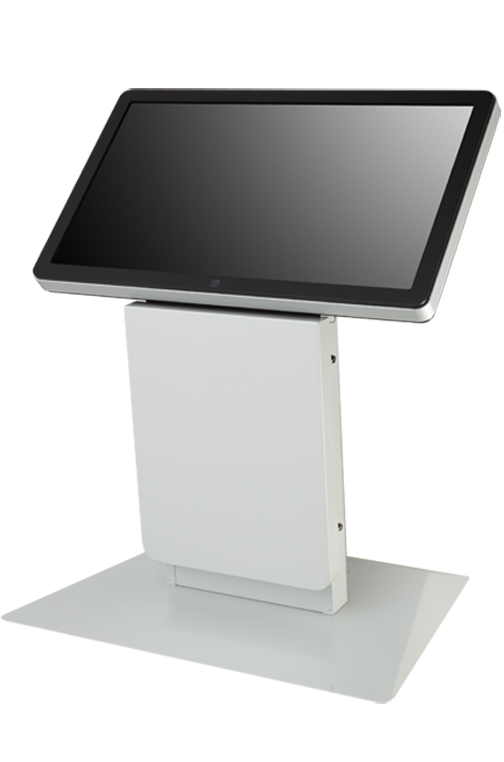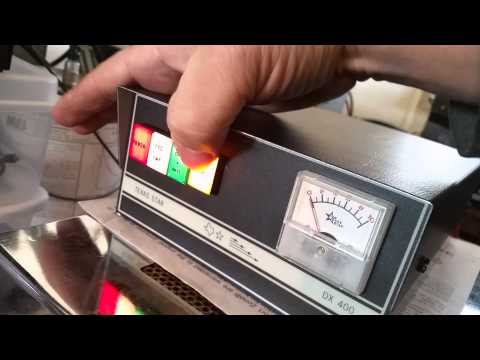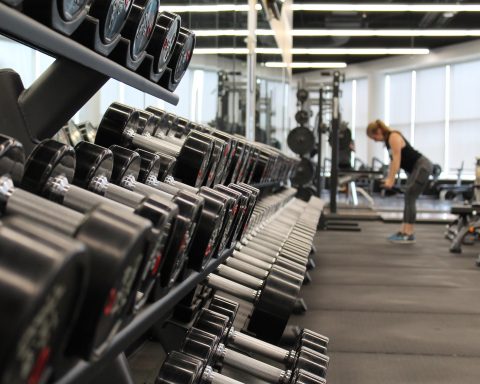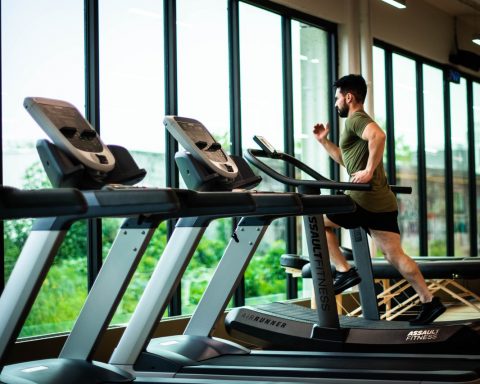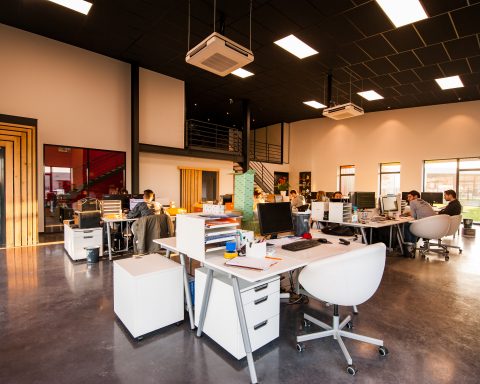Deep tissue massage is a slower paced massage that uses deeper pressure than is used for regular massage therapy, and it can serve a different purpose than classic massage, too. Here is more on what deep tissue massage can do, the techniques used in it, and what you can expect during your appointment.

How can it help you?
This type of massage can be used to target a certain condition you’re experiencing. This includes chronic pain or tension in your muscles, any physical injuries you may have, lower back pain, problems with posture, piriformis syndrome, fibromyalgia, osteoarthritis, tennis elbow, and sciatica.
If it’s chronic muscle tension or pain that you would like to have addressed, this massage can be used to break the adhesions that cause inflammation, blocked circulation, and limited movement. These adhesions are bands of rigid tissues that can be very painful, but with deep tissue massage they can become healed.
What does the massage feel like?
It’s possible you will feel pain at some points during the massage. If this happens, you should feel free to tell your massage therapist that this is happening, especially if the pain is more than you can usually handle. After the massage, you may feel stiff or have some pain for up to a couple of days. Your massage therapist may recommend you put ice on the area of concern after the massage.
What techniques are used?
The massage therapist will use massage oil and deep pressure directly on the targeted areas. They could use their knuckles, elbows, hands, forearms, and fingertips to administer the massage, and you may be asked to take deep breathes at certain points of the massage.
Is there anyone who shouldn’t receive this type of massage?
Deep tissue massage therapy in Victoria is not recommended for people who have recently undergone surgery, who are prone to blood clotting, or who have any rashes, open wounds, or skin disease that are infectious. You should check with your family practitioner before getting a massage if you have osteoporosis or you are pregnant. If you have any bruises, unhealed wounds, inflamed skin, or recent fractures, the massage should not be done over the areas in particular.
What can you do before the massage to prepare?
Refrain from eating a big meal right before you come in for the massage, and arrive about five to ten minutes early to your appointment, especially if this is your first visit to the clinic, to complete the necessary forms.

